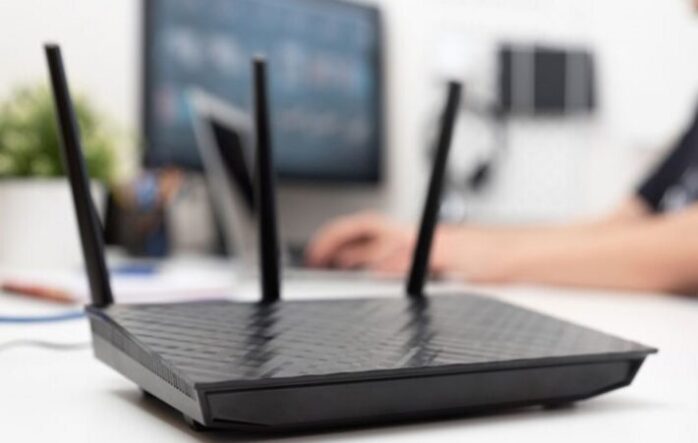
With advances in technology and the increase in internet use in almost all smart home devices, video-streaming services, and online games, the need to maintain a strong internet connection has become more important than ever. If you face any issue in playing your favorite online game or downloading the movie you have waited months to become available on the net, there is a fair enough chance that the problem is on your end and not from your internet service provider. It is important to try doing everything you can before scheduling a call with your internet provider company. Furthermore, you can also visit Troubleshooting Central to get help so that you can resolve the internet problem.
Here are a few tricks and tips for troubleshooting your internet connections for common internet problems.
1. Try another website or maybe another device

It is often a problem with either the website or the device and not with the internet connection that leads to slow browsing and downloading. The first thing to check is whether the problem is happening only on your device or all devices? If the problem is occurring only on one device, it is safe to say that you have narrowed down the issue to a particular machine.
2. Check for viruses
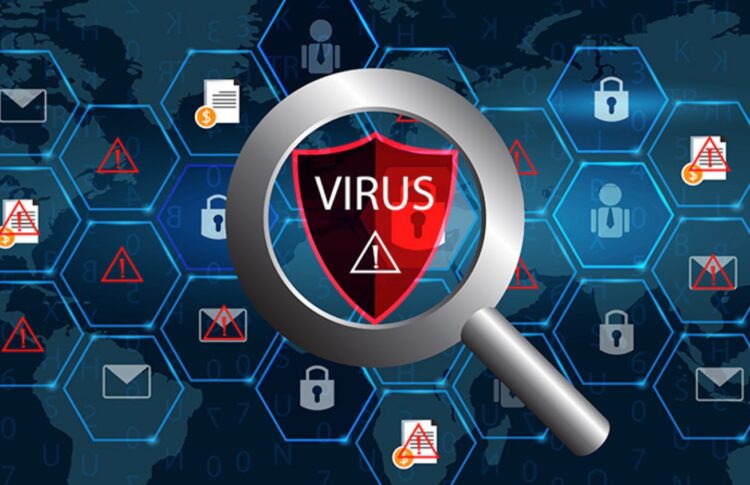
Sometimes, it is not because of a general internet issue but because of a malicious code or a virus on your device that leads to slow web surfing speed and decreased system performance and efficiency. Therefore, it is essential to scan for malware, virus, and spyware before you contact your internet provider company. If you don’t have anti-virus in your device, there are plenty of free or subscription-based programs available that can help you debug your device.
3. Check the Internet’s Speed
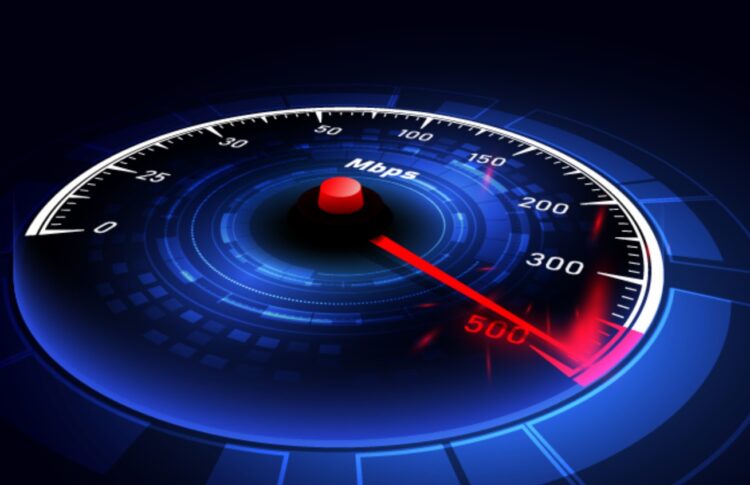
If you feel that your internet connection is slower than expected, you can easily check the speed by heading to the speed test sites such as Speedtest.net and run a test. You will get megabits per second which will tell you about the speed your device is experiencing. You can compare this speed with your bill on your ISP’s website. If they both match, then you are getting the speed you have paid for and need to update or upgrade your internet package to a faster one. If, however, your internet’s speed is significantly slower than what you are paying for, you are indeed facing an internet issue and need to continue troubleshooting.
4. Change your DNS server
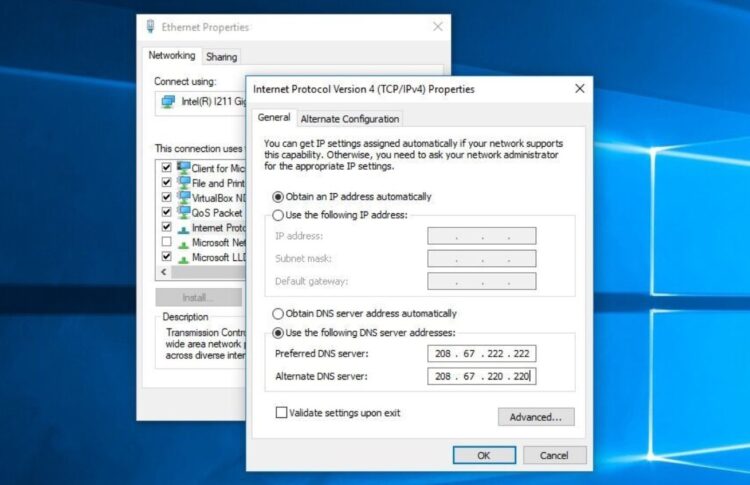
When a website is typed into a browser, the device or the computer search for that website’s IP address using a DNS server. Sometimes, the DNS server may have problems that make it difficult for the browser to visit that website using their approachable domain names. A quick fix to this situation is to try bypassing the DNS server. You can easily do this by typing the IP address into your browser. If the website opens, then you need to flush your DNS cache or maybe change your DNS server.
5. Rerouting your modem
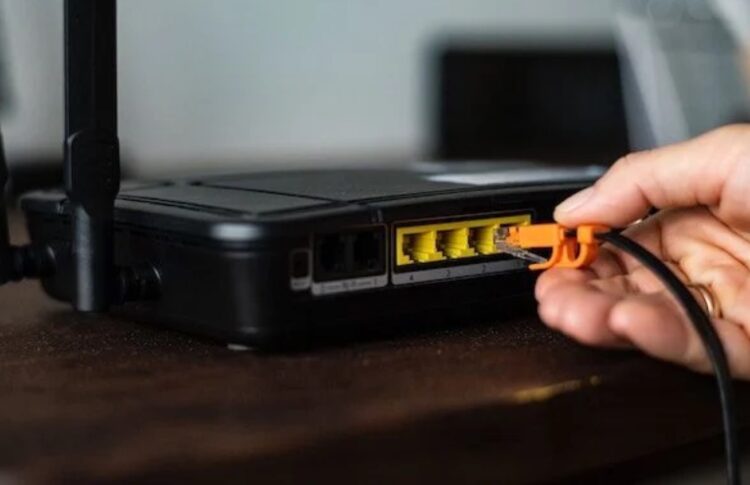
If you are unable to connect to the internet at all, try resetting your router to its factory default settings. This can be done by pressing a small reset button and holding it down for several seconds until LED lights start blinking. If still, it doesn’t work, you need to decode the blinking lights on the modem. If some lights on your modem or router are on and some are constantly blinking or flashing, you need to see what they are telling you. For instance, if the modem lights are not solid and are continuously flashing, it is an indication that you need a new modem and your old one is unable to find the internet connection. Similarly, if the network light on your router is working, but the Wi-Fi light is not, it might be telling you to re-enable Wi-Fi or press the Wi-Fi button on the side. You can easily get a handbook on how to decode modem and router lights.
6. Where is all your bandwidth going?

Sometimes it happens that your internet connection is working properly, but some application on your phone or certain program on your computer is using up all the bandwidth. This can be found by opening up the task manager on windows and checking for the network usage. If some applications use many megabits, such as a large file being downloaded, you simply need to wait until the task has finished getting your efficiently working internet connection back. Similarly, someone might be stealing your internet from you. This situation calls for a quick password change by ticking the option of ‘log out from all devices.
7. Get an Improved Signal
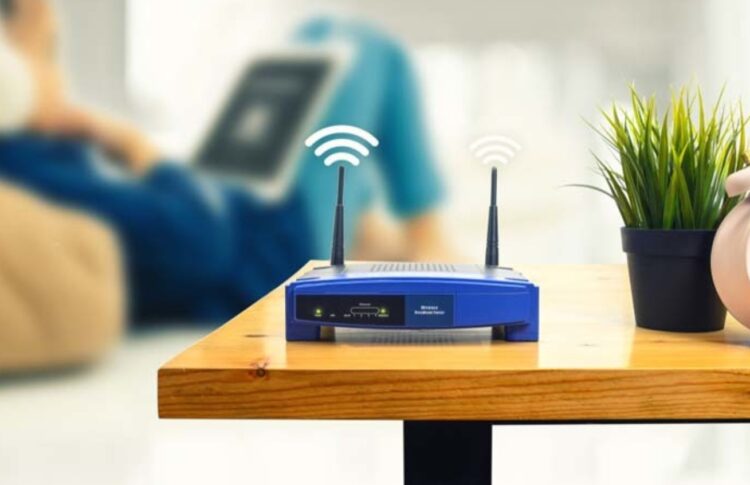
If you are using a wireless internet connection such as Wi-Fi, there are a number of issues that can slow down your internet’s speed or connection. The first thing you need to do to resolve this issue is to place your router in a central location in your house. If this doesn’t work, try going for a Wi-Fi extender. You can also use the 5GHz band to boost your Wi-Fi signals.
8. Head to the Source

If troubleshooting does not resolve your internet connectivity issue, then the problem might be coming from the line. You need to examine the connection that is coming to your house. There might be some issue with the main cable that provides you with the internet. Make sure that it is not chewed up by a mouse or a squirrel or is not destroyed by certain weather conditions like storms or rain.
After you have tried the above-mentioned tips and tricks for troubleshooting your connection and are still facing a slow internet connection, it might be time for you to call your internet service provider. Sometimes, the problem is on their end, and there is nothing that you can do about it. You need to register a complaint so that you can get a new, efficiently working internet connection.






